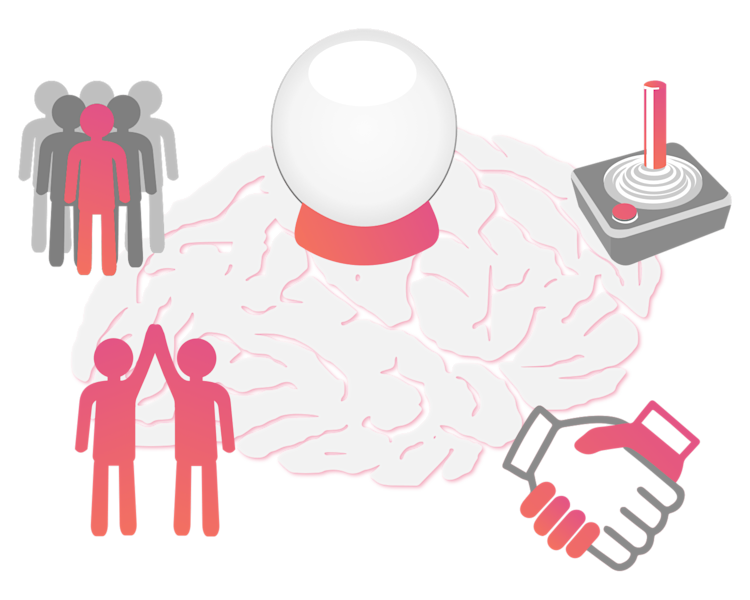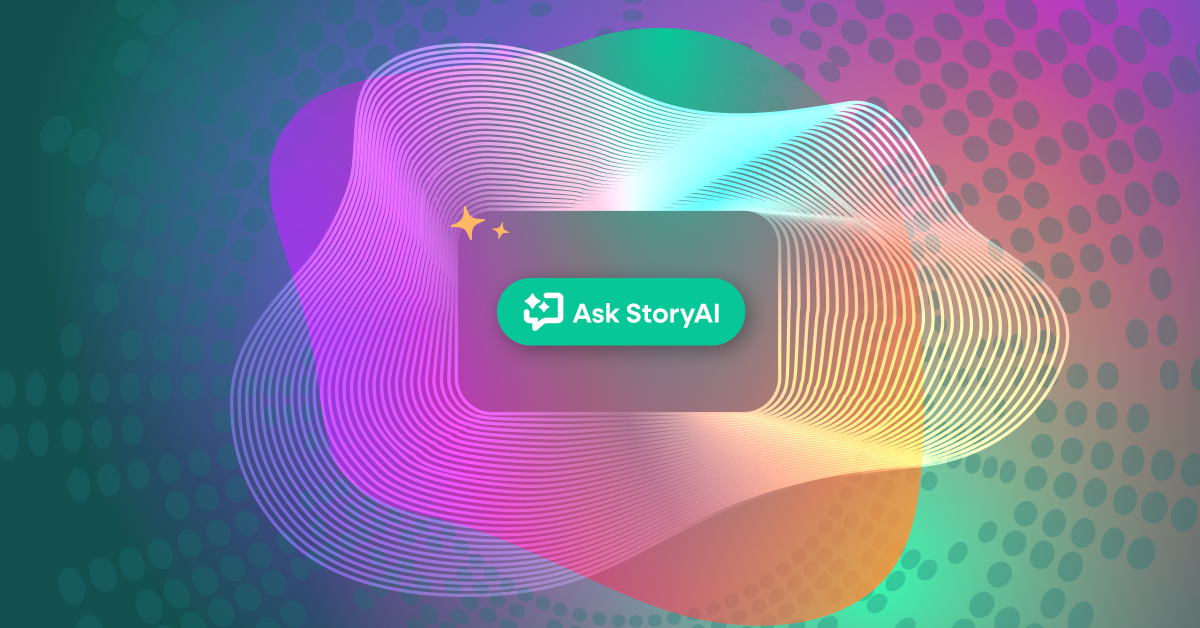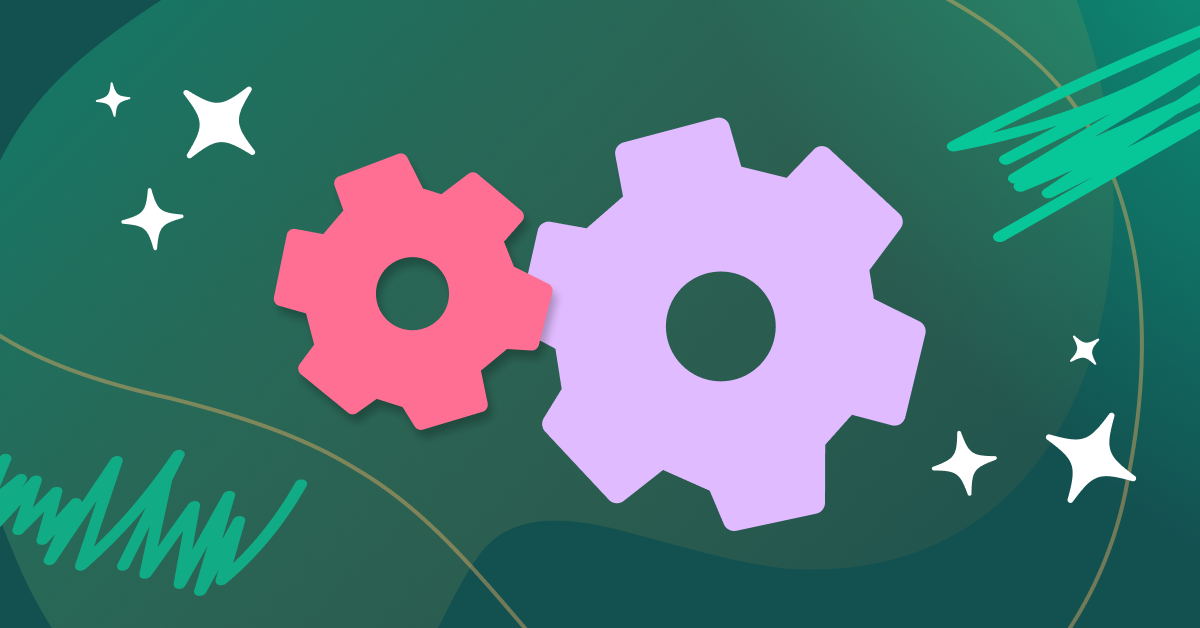This easy-to-use, easy-to-remember model will help you understand what motivates others—and yourself
Understanding what motivates both others and ourselves is essential, particularly in building digital products. You're likely no stranger to challenges such as engaging users with new features, enhancing product experiences, and keeping interest alive to avoid churn.
Enter the SCARF model, an easy-to-use, easy-to-remember framework that can shed light on these issues. You're most likely somewhat acquainted with the SCARF model – you wouldn't be here otherwise, right? This page will take a closer look at the SCARF model, so whether you've just discovered it or you're here to refine your knowledge, understanding what each letter represents is a crucial starting point.
Let's quickly break it down:
Status: Our perceived social position we hold
Certainty: Our ability to predict future outcomes accurately
Autonomy: Our capacity to influence our own environments
Relatedness: The extent of connection we feel towards others
Fairness: Our perceived equity of interactions between individuals
Now, to answer the following questions, you must understand motivation.
🚀 Why aren't they engaging with our latest feature?
🔧 Are there easy ways to modify the product to improve the experience?
😖 Why are customers losing interest and churning?
What pulls people to act? What pushes them away? While each of us has a unique blend of desires and dreams—or fears and anxieties—we have much more in common because we're all human.
That is, we're all working with similar organic "hardware," and that hardware will work in common ways from person to person. Thanks to research on human behavior, we are beginning to both understand our hardware—what makes us tick (or tap)—and apply that understanding to building better products.
If you do this successfully, customers will be motivated to use your product. New product features will be adopted right away, the product will be engaging, and customer relationships will be stronger and longer-lasting.
All this sounds good, but how do you get started? While there's no manual for how the brain works, thankfully, there are models that can point us in the right direction.
Now, let's circle back to "SCARF." Created by Dr. David Rock, founder of the NeuroLeadership Institute and author of the book Your Brain at Work, the SCARF model helps you break down motivation across five major dimensions. Once you understand the SCARF model, you'll find you can apply it quickly to tease out new insights about how to build the kind of products your customers are motivated to use—and avoid demotivating product pitfalls, too.
The SCARF model is all about understanding motivation. So let's get to it!
We Walk to Rewards ... And Run From Threats
In 2008, David Rock published SCARF: A Brain-Based Model for Collaborating with and Influencing Others (PDF). Therein, Rock detailed his brain-based model for human motivation—one he created based on pouring over years of neurological research.
When it came to motivation, Rock observed a clear, simple pattern in the research: people classify stimuli as either "good" or "bad" based on whether a given stimulus leads to a reward or threat. Here's how it works:
If a stimulus is rewarding, it's classified as "good." We are motivated to approach good stimuli.
If a stimulus is a threat, it's classified as "bad." We are de-motivated by "bad" stimuli, so we disengage or avoid them.
Encoding stimuli as "good" or "bad" means they can be processed by the limbic brain. Simply put, the limbic brain operates at a subconscious level without recruiting the executive function—a.k.a. the prefrontal cortex. By avoiding the prefrontal cortex, stimuli are assessed rapidly while conserving resources. In situations of life and death, reacting quickly—and conserving energy—can make all the difference.
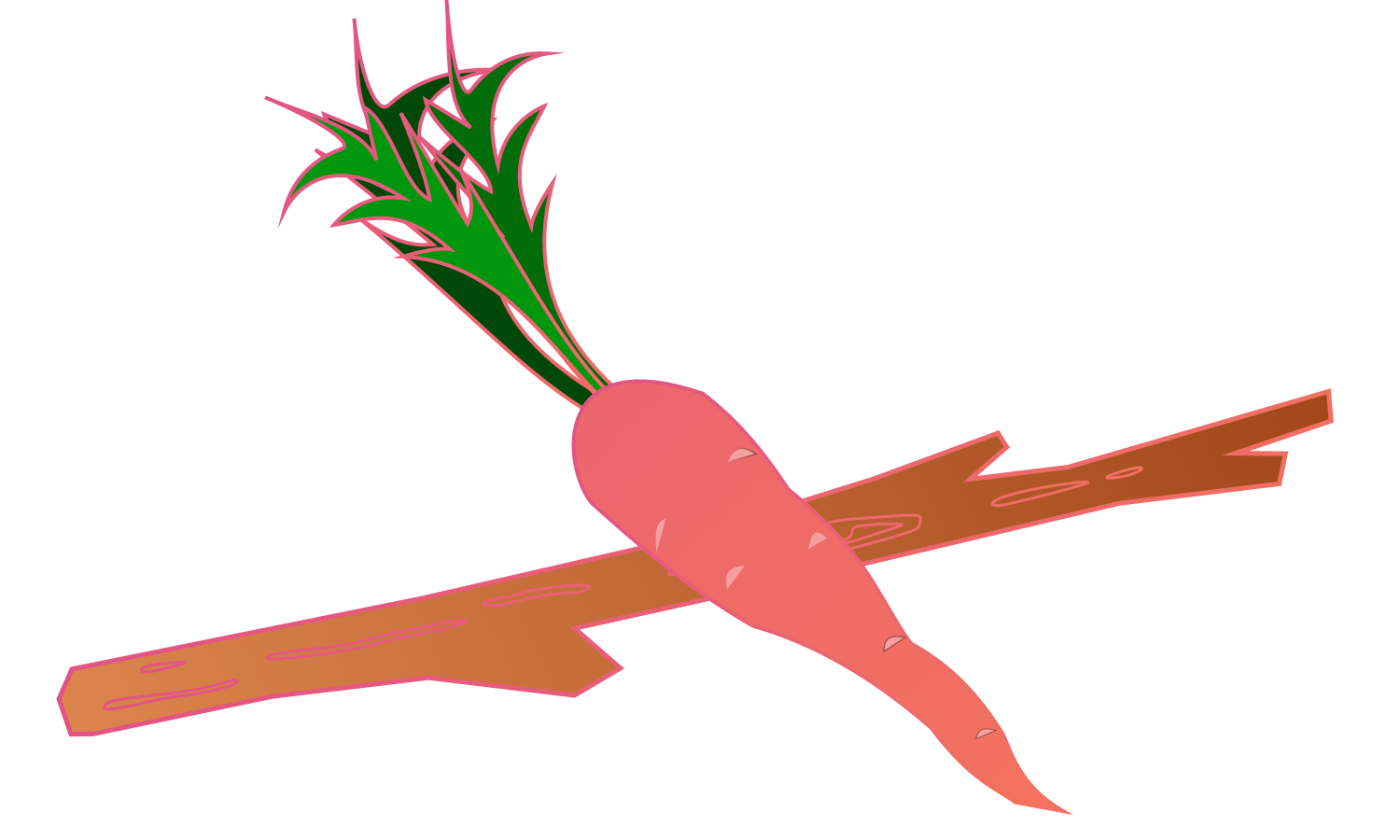
Of note, our brains pay outsized attention to potential threats. This makes evolutionary sense as missing a potential reward has a limited upside while the threat you miss could kill you. As Rock puts it, we walk toward rewards but run away from threats.
We walk toward rewards and run away from threats.
Simple. And now that you've got this basic background on rewards and threats, you're ready to apply it using the SCARF model.
The SCARF Model
David Rock's SCARF Model is an easy way to remember the five major domains across which people assess stimuli as "good" or "bad," rewards or threats. The acronym "SCARF" stands for status, certainty, autonomy, relatedness, and fairness.
Each domain can be assessed independently though they ultimately all play a part. Below we will examine each domain in detail and then dive into discussion about how to apply SCARF to products.
S → Status
Status concerns an individual's social standing—that is, where they fall in the "pecking order" or their place in the dominance hierarchy. Rock points out that status activates "primary reward circuitry" in the brain and highlights research on primates that connects higher status with lower baseline cortisol levels (i.e. lower stress and inflammation), as well as longer and healthier lives.
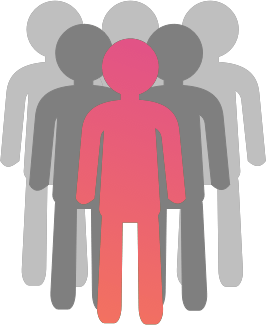
It's no surprise people are motivated to act in ways that positively improve their status. But perhaps more importantly, Rock points out that the "perception of a potential or real reduction in status can generate a strong threat response." Citing research on social rejection, Rock notes that a hit to status can light up the same regions of the brain as physical pain. Ouch!
Expect people to approach things that improve status and to disengage or avoid things that threaten it.
Status and your product
Ask: How does my product elevate the status of users?
While this question is easily answered for luxury products, what about for software? How does your product improve the credibility of its users with peers? What about your product signals high value to external stakeholders?
There are countless products built almost exclusively to fight for status—e.g. see the most popular social media platforms. Within the product world, sites like Dribbble and ProductHunt are status machines.
The takeaway? Build outputs into your products that elevate the status of users, things that say, "Hey look at me! I'm doing something important!"
C → Certainty
Certainty is about our ability to make accurate predictions about the future.
Rock talks about certainty by describing a simple task: picking up a cup of coffee. When you pick up a cup of coffee, your sensory system works with your motor cortex to ensure you hold the cup properly so it won't spill.
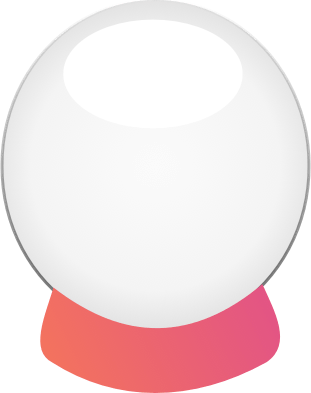
Now imagine what happens when your hot mug is filled to the brim with a fresh pour of steaming hot coffee? Compared to the same, only half-full mug, it's hard to make accurate predictions about how your movements will effect the likelihood of spilling the coffee. A wavering grip could mean a mess or even burning your skin. If you choose to take a sip too fast or too soon, the coffee could burn your mouth.
Rock writes that in the face of uncertainty:
The brain must use dramatically more resources, involving the more energy-intensive prefrontal cortex, to process moment-to-moment experience.
—David Rock
Uncertainty means you slow down, hesitate, procrastinate, avoid entirely, or disengage.
While our hot coffee example may seem trivial, the takeaways readily apply to major everyday tasks. Let's say your boss just gave you a multi-month project to solve a complex product problem. Working the project requires long-range planning and coordinating efforts with numerous stakeholders across your organization. Will you see the project as a motivating opportunity or a possible threat you need to carefully assess? Your ability to confidently predict how this long-term project will unfold will inversely correlate to your anxiety and ambivalence about taking on the project.
Now, contrast our fictional product project with a situation where you know just what to do. Here, the predictable nature of the project means a reward is certain. And you know you'll be motivated to act.
Certainty and your product
Ask: How does the product assure users it does what it's says it does?
Analytics software is a useful example for understanding the importance of certainty. Your analytics are only as good as the data presented and what you can deduce from studying that data. Is the data trustworthy? Does it accurately reflect what's happening in my product? Can I use it to confidently make business decisions?
Because on the flipside, data you can't trust and analytics that lack clear actions result in uncertainty—and aren't likely to motivate users to act.
For a good example of how certainty can be built into a product, consider how certain retailers promote price-matching and free, fast shipping. Making it clear to customers they are guaranteed the best price and won't see hidden shipping fees at checkout goes a long way to removing uncertainty—and motivating action.
A → Autonomy
Autonomy is about the power to exert control over your environment. It's the freedom to make choices. When you have autonomy, you're empowered to take action. Combined with certainty, autonomy is highly motivating.
As Rock put it in his paper, autonomy is about the ability to "influence outcomes." When you lack autonomy—say you want to pursue a course of action but lack the power to do so—you hit a motivational wall.
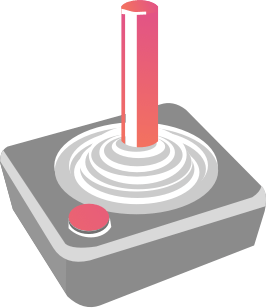
Consider the common, painful experience of feeling micro-managed. When you're micro-managed, not only means are you told what to do, a direct affront to your autonomy, you start to feel helpless about making any decisions whatsoever. You're too concerned any decisions you make will be quickly overturned by your manager. As a result, you simply don't act.
When you combine a lack of autonomy with uncertainty, the impact on motivation is devastating.
Autonomy and your product
Ask: How does my product empower my users to act?
When it comes to digital products, autonomy is everything. Search functionality, fast loading pages, knowing where to look for answers (e.g. a Knowledge Base, Help Center), having clear calls to action—all of these things are ways to increase individual autonomy.
Of course, allowing your users and customers to do anything on your product may not be advisable because this can hurt certainty. You must strike a balance between "all things are possible" and "you have a few options." In fact, with autonomy, there's something to be said about limiting choices to reduce the cognitive load on your users.
Google is perhaps one of the most powerful, widely used digital products that when you think about it, is all about autonomy. Google empowers you to get answers to whatever question you have instantly, from anywhere, with almost no friction—plus it's free. Is it any surprise using search engines like Google makes users feel empowered—and motivated to act?
R → Relatedness
Relatedness has to do with feeling connected to other people—in particular people we identify as being similar to us. Feelings of connectedness are rewarding because we expect others who are similar to us to be think, act, and have similar desires to us, which makes them potentially helpful for our survival.
What does it mean to feel connected to another person? David Rock had this to say about relatedness in his paper:
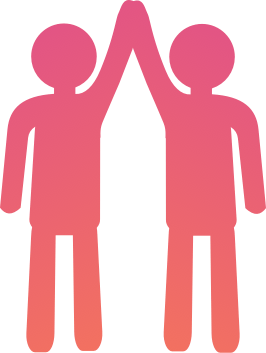
Relatedness comes down to empathy. The more you empathize with someone else, the more you are motivated to help them ... because helping them is, in effect, like helping yourself.
Relatedness has been seen as a highly motivating stimulus in the field of psychology for some time, and you can do a deep dive into relatedness as a persuasive tactic by picking up Robert Cialdini's book . In Influence, Cialdini talks about relatedness as "Liking," and it's one of his six core principles of influence.
Relatedness and your product
Ask: How does my product help me connect to others?
Again, relatedness is all about empathy and identifying with others. While social networks might seem like good examples of products that drive empathy, that's not clear. In general, digital products make for challenging channels for driving relatedness due to the unavoidable wall—typically a screen—they put between people.
Still there are a few strong contenders. You've likely heard about the "YouTube community." What does that mean? If you've ever followed a vlogger on YouTube, you know: watching videos of vloggers connects you to them in a way that is surprisingly personal. YouTube viewers feel connected—spoken to—by influencers.
The same is true for Instagram influencers via the story function.
Outside of video, Fullstory's replay function is an empathy engine, an on-demand way to motivate through relatedness. Watching recorded sessions of struggling users in Fullstory connects you to the real experience of using your digital product. It builds empathy. Watching a session replay gives developers the relatedness they need to feel motivated to fix bugs. This goes double for support agents seeking to solve customer problems.
And product managers feel connected to their users as they struggle to adopt a new feature.
F → Fairness
Humans have a hardwired desire for fairness. Consider the common refrain repeated by children everywhere, "That's not fair!" As any parent will tell you, when children insist they're being treated unfairly compared to siblings or friends, telling them, "Life's not fair" simply doesn't work.

David Rock reports that, "Fair exchanges are intrinsically rewarding." So regardless of the fairness or unfairness of life, when it comes to day-to-day interactions, maintaining the perception of fairness is important when it comes to motivating people.
Meanwhile, avoiding the perception of unfairness—or injustice—is likely even more important as any sense of unfairness is likely to leave people running away, completely demotivated.
Fairness and your product
Ask: Is my product fair?
Evaluating your product through the lens of fairness can be challenging. Here's one way to think about it: make sure your product clearly delivers value above and beyond its price. Products that outperform on value are assured to be loved by users and seen as a good deal—that is, fair. While you're confident your product is of high-value, how do you ensure your users understand that value? It needs to be obvious.
Now consider the opposite situation. Products that are seen as expensive and overpriced will get no love from users. And if users feel stuck with your product because of some contract they had no control (autonomy!) over, it's especially demotivating.
In these situations you can almost guarantee customers won't be motivated to use your product ... unless they have no choice. The worst part? These users are the ones likely to take their frustration out online in the form of reviews—in the age of the Internet, this could be a death sentence for your product.
That's a wrap! 🧣 (for now)
David Rock originally created the SCARF model to help individuals understand their own motivations as well as the motivations of others in the workplace.
As you can see, SCARF is also a powerful framework for teasing out insights about products. We hope to write more on using SCARF for fleshing out product personas—a.k.a. those archetypes marketers create to craft collateral and messaging that resonates with target audiences—as well as how it can be used to motivate your teams.
Stay tuned by subscribing to our newsletter. And if you use the SCARF model, share your experiences—find us on twitter (@fullstory).

